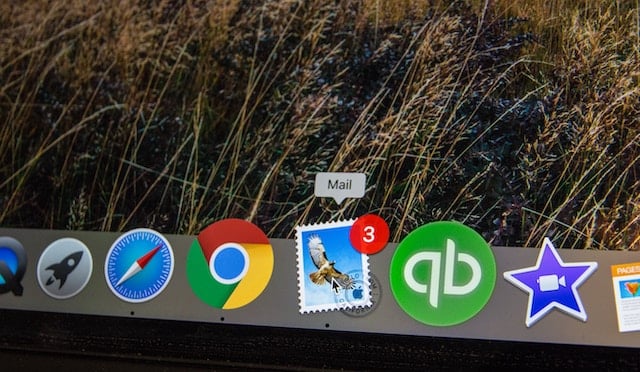As a small consulting company in the business of selling complex and custom solutions, closing a sale can take anywhere from two to four months, even when you're dealing with highly targeted prospects. At Simafore, it takes referrals, introductory meetings, follow-up meetings and even a free trial or two. But with inbound marketing all of this change; our blog articles act as our referrals and our ebooks and white papers serve as effective trials.

We launched our website on HubSpot exactly one year ago. Last month, we closed sales with two customers whom we did not even have to meet in person until closing. The whole process was completed in less than three weeks.
The Result: We have closed sales in under three weeks! That is a 4X improvement in our sales close time. By following a structured approach to inbound marketing, we were able to achieve a good amount of measurable success. So what was our approach?
Step 1: Identify Long-tail Keywords
We first identify a core keyword, then use the Keyword Recommendation tool in HubSpot to select a few long-tail keywords (LTKW) centered around this core keyword. A strategy that has worked for us is selecting those LTKWs that offer a good trade-off between search volume and difficulty, as illustrated in the chart below. Any keyword lying on or close to the blue line is a good target. If a keyword lies below the blue line, it is even better because it offers a high traffic volume at a low “price.”

" target="_blank">Learn how to identify long-tail keywords using HubSpot >
Step 2: Write Blog Articles
Write a series of articles spread out over several weeks, making sure that your long-tail keyword is in the title and the body of every article. HubSpot’s blogging tool will help remind you to do this, as long as you are monitoring your target keywords using the HubSpot Keyword tool.
" target="_blank">Learn how to write a blog article using HubSpot >
Step 3: Add A Call to Action
Make sure that each article ends with a call to action to a landing page that offers an eBook or white paper. These free offers are vital when trying to establish your authority on the subject.
" target="_blank">Learn how to create a call to action using HubSpot >
Step 4: Link To A Landing Page
Connect the CTA at the end of your blog to a landing page that strictly follows the landing page guidelines suggested by HubSpot.
" target="_blank">Learn how to create a landing page using HubSpot >
Step 5: Promote Your Landing Page
Publicize the article or landing page directly on social media using appropriate channels. We have found that posting the landing page works better for lead generation than posting the article itself. There are two ways to post on the social media channels: Join an existing conversation that is relevant to your offer, or simply offer your eBook with a short and focused message in a new discussion that you initiate.
" target="_blank">Learn how to promote a landing page using HubSpot >
Step 6: Set Up Lead Nurturing
Set up a lead nurturing campaign that is matched to the free offer that your new leads downloaded.
" target="_blank">Learn how to set up lead nurturing using HubSpot >
The takeaway from our point of view is simply this – regular, consistent, keyword-optimized blogging works. The tools that we used to achieve our goals included Keywords, Blogging, CTA and Lead Nurturing. Competitors and Sources to monitor the impact of our efforts are also very useful.
SimaFore offers consulting and training services in predictive analytics and develops custom apps for deploying analytics. Our goal at SimaFore is to make advanced business analytics accessible to small and medium businesses by leveraging open source software and cloud computing.






![Plannuh Builds Product With the Customer at the Forefront [Customer Story]](https://53.fs1.hubspotusercontent-na1.net/hubfs/53/IMG_0128-3.jpg)
![How One HubSpot Customer Uses Pop-Up Forms and Workflows to More Intelligently Help Customers [Customer Story]](https://53.fs1.hubspotusercontent-na1.net/hubfs/53/inbound-lorax-ff7a59-light.jpg)


![How TurboTenant Makes Property Management Easy With HubSpot [Customer Story]](https://53.fs1.hubspotusercontent-na1.net/hubfs/53/unique-balcony-architecture.jpg)